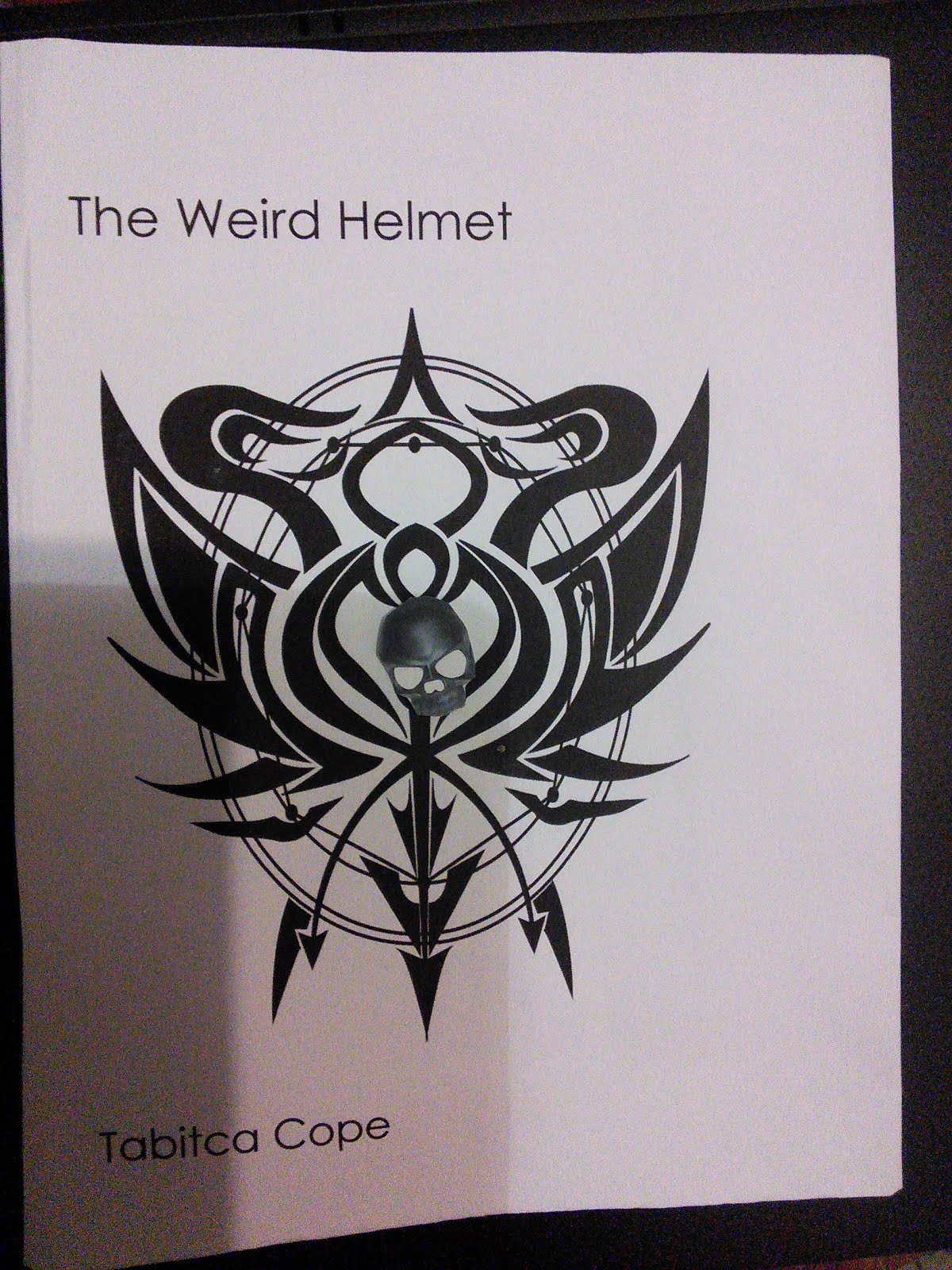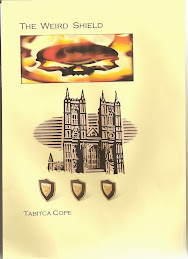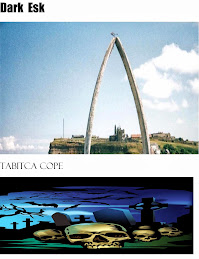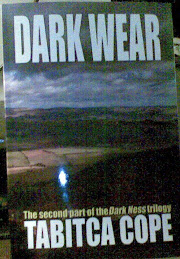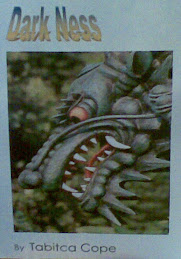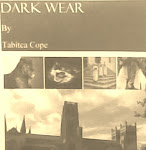IN Rex and Heather Gilroy's Book “Out of the Dreamtime—The Search for Australasia 's Unknown Animals” is the following story:
Campfire stories substantiating Aboriginal claims are commonplace across the far north. Back in 1978, a Northern Territory Arnhem Land . It took him three days to find his way out of the region and back to the homestead from where he originally set out.He had not known at the time, but his footprints had been picked up and followed by two Aboriginal trackers and a mounted policeman. On the first night of their search they camped on the outskirts of the Burrunjor scrub, even though the two trackers protested strongly against doing so. The policeman hobbled his horse, cooked their meal, then climbed into his swag and went to sleep.Later that night the two Aborigines shouting intelligibly and grasping for their packs and saddles suddenly woke him up. The policeman also realised at this moment that the ground appeared to be shaking. Hurriedly getting to his feet, he too gathered up his belongings, and shortly afterwards, the three galloped away. As he told Bryan Clark later at the Urapunji homestead, he had also heard a sound, somewhat like a loud puffing or grunting noise, certainly loud enough to be coming from some large animal. When asked if he intended to include this incident in his report, he replied he would not because he feared no one would believe him. The policeman warned Bryan Cape York to this day. Back in 1950, cattlemen lost stock to some mysterious beast that left the mutilated, half-eaten remains of cows and bulls in its wake over a wide area, stretching between the border country and Burketown. Searchers on horseback found huge reptilian tracks of some bipedal-walking beast. They followed these three-toed tracks with their cattle dogs through some rough jungle terrain until they entered swampland beyond which was more dense scrub. However, it was at this point that the cattle dogs became uneasy and ran off. The horses were also uneasy and obviously did not want to cross the swamp. While most of the cattlemen decided their animals knew best, two men set off on foot with their carbines. The story goes that they soon came across further tracks in an open area beyond the swamp. While his mate searched about, the other man briefly spotted the dark form of an enormous creature, perhaps 30ft in height, further off in dense timber. The men left the scene in haste. Johnny Mathews, a part-Aboriginal tracker, claimed to have seen a 25ft tall bipedal reptilian monster, moving through scrub near lagoon Creek on the Gulf coast one day in 1961. “Hardly anyone outside my own people believes my story, but I known what I saw”, he said to me in 1970. In 1985 a 4-wheel drive vehicle and it s family of travellers, the Askeys, heading for Roper River Mission
In 1984, huge three-toed footprints from a gigantic bipedal reptile was found near Narooma , New South Wales
So is this another story of a living dinosaur or something else? Recent research has suggested that T.Rex and it’s relatives did not have useless forearms. Although its clawed forearms were small, it has been postulated it was likely they were suited for grasping and manipulating captured prey once they were enmeshed in the powerful jaws. They were then muscular and not useless.
Rather than a living dinosaur it has been suggested that these creatures are giant monitor lizards, much more likely to have survived in Australia ’s harsh terrain than dinosaurs. We have to remember the world the dinosaurs lived in was very different from our own. The oxygen content in the air was higher , the lack or pollution, the clear water in the seas, much warmer and different types of plants. Most of the prey for a large dinosaur would have disappeared and it would have not only have to adapt to breathing differently, but eating differently and living differently. I am not saying it is impossible for something to adapt and change but that it is highly unlikely it would appear the same as it did 65 million years ago. In order to live in our climate and conditions it would have to have changed considerably and would therefore not appear as the T. Rex we know from fossil records but an adapted or even hybrid version. So what would it look like? I will leave that for you to think about
(re-post from 2009)

